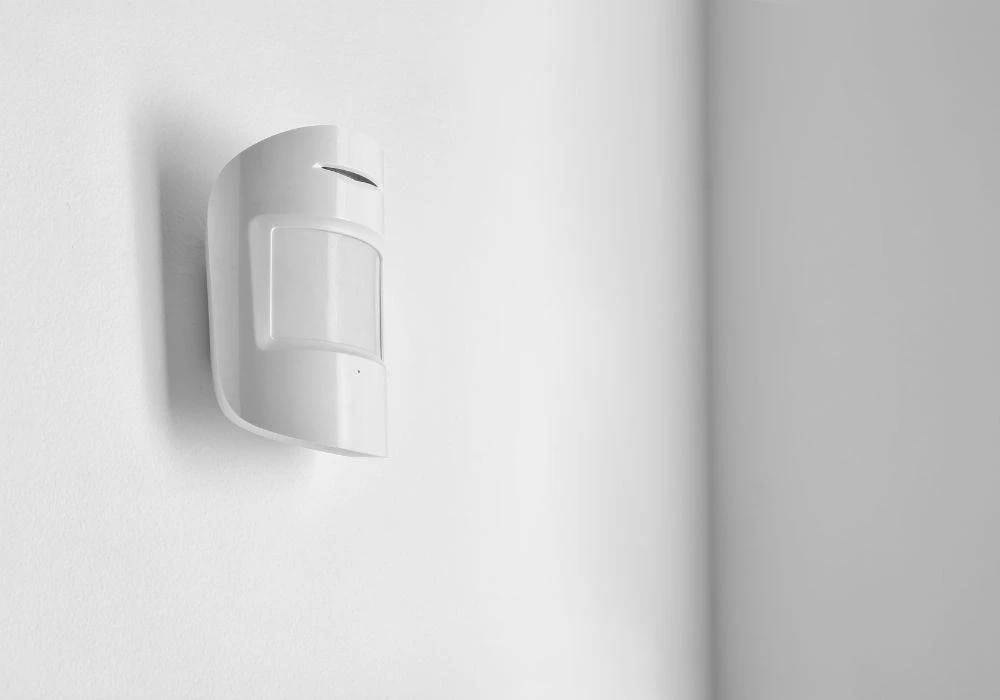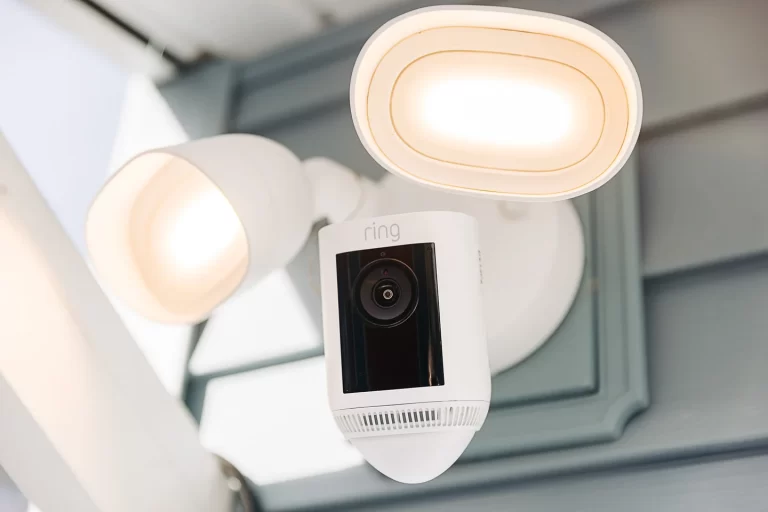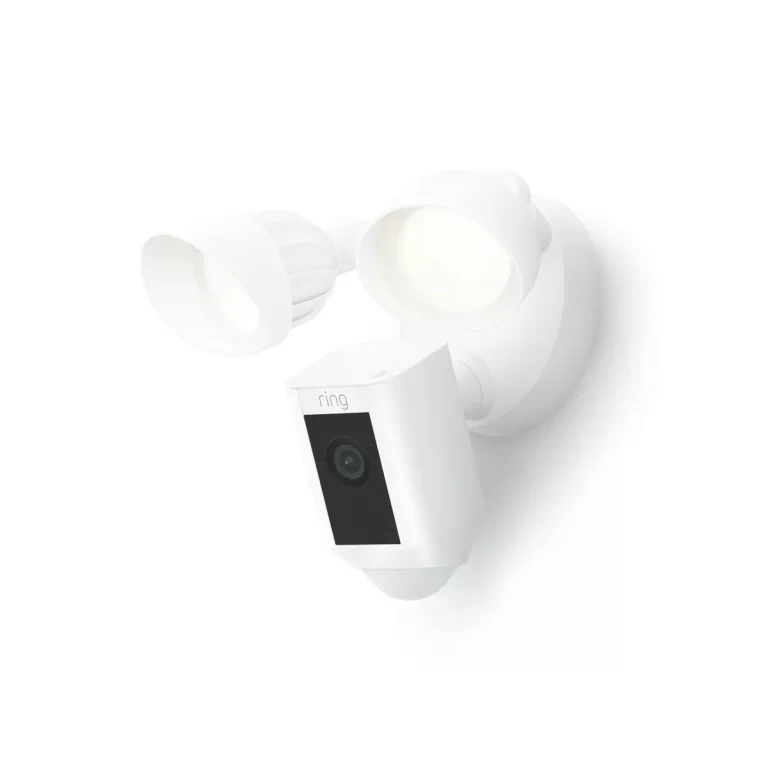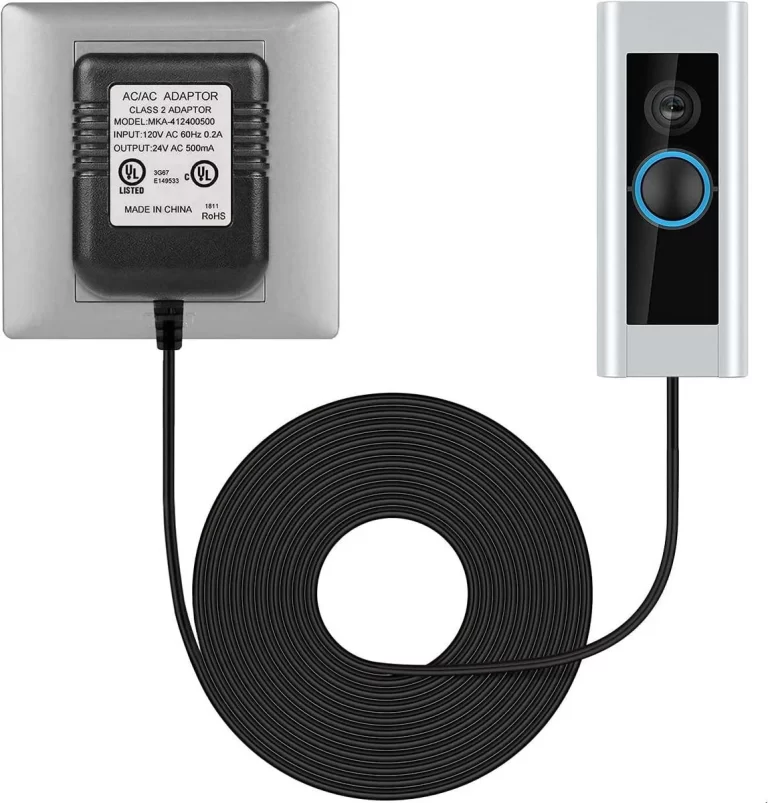5 Major Types of Motion Sensors For Enhancing Security
Different environments and applications require specific security solutions. Knowing the major types of motion sensors allows you to customize and tailor security systems to meet your specific requirements. This post provides you with all you need to know. But first, let’s understand what a motion sensor is.

What is a Motion Sensor?
A motion sensor, also known as a motion detector, is a device that detects movement within a specific area or space. It is commonly used in security systems and automation applications to monitor for changes in motion and trigger appropriate responses.
Motion sensors work by detecting physical movement through various technologies and sensors.
When motion is detected, the sensor sends a signal or activates a mechanism to initiate a specific action, such as activating lights, sounding an alarm, or triggering a camera recording.
5 Major Types of Motion Sensors For Enhancing Security
Understanding the types of motion sensors available empowers you to design a security system that is effective and tailored to your unique needs. If you need to secure an outdoor area with a large perimeter, photoelectric beam motion detectors may be the best choice.
On the other hand, if you need to monitor movement within a confined indoor space, such as a room or hallway, a passive infrared (PIR) motion detector may be more suitable. Now let’s dive in for more clarity.
1. Passive Infrared (PIR) Motion Detectors
Passive Infrared (PIR) motion detectors are among the most widely used types of motion detectors. They work by detecting changes in infrared radiation within their field of view.
PIR detectors contain sensors that can detect the heat emitted by people, animals, or objects. When a warm object moves across the field of view, the PIR detector senses the change and triggers an alarm.
PIR detectors are highly effective indoors and are commonly used in homes, offices, and commercial buildings.
2. Microwave Motion Detectors
Microwave motion detectors use microwave signals to detect motion. These detectors emit continuous microwave signals and monitor the reflection pattern.
When an object moves within the monitored area, it alters the reflected microwaves, triggering the detector to sound an alarm.
Microwave detectors are known for their ability to cover large areas and are commonly used in outdoor security applications such as parking lots and open spaces. However, they can be prone to false alarms caused by environmental factors like heavy rain or strong winds.
3. Dual Technology Motion Detectors

Dual technology motion detectors combine two different technologies, typically PIR and microwave, to enhance accuracy and reduce false alarms.
By using both technologies simultaneously, dual technology detectors can confirm a genuine intrusion by requiring a positive detection from both sensors.
This makes them highly reliable and less prone to false alarms caused by environmental factors or small animals. Dual-technology motion detectors are commonly used in high-security areas, such as banks, museums, and government buildings.
4. Ultrasonic Motion Detectors
Ultrasonic motion detectors emit high-frequency sound waves that are beyond the range of human hearing. These sound waves bounce off objects within the monitored area and are received by the detector.
When a moving object disrupts the pattern of the reflected sound waves, the detector detects the change and triggers an alarm.
Ultrasonic motion detectors are effective in detecting motion even in areas with obstructions or barriers, such as partitions or furniture. They are commonly used in warehouses, storage facilities, and large indoor spaces.
5. Photoelectric Beam Motion Detectors
Photoelectric beam motion detectors use a beam of light to detect motion. These detectors consist of a transmitter that emits a beam of infrared light and a receiver positioned opposite to the transmitter.
When an object moves through the monitored area and interrupts the beam, the detector triggers an alarm. Photoelectric beam detectors are often used in outdoor applications to protect large perimeters, such as fences, gates, and driveways.
In conclusion, alarm motion detectors play a crucial role in enhancing security by detecting and alerting to any movement within a specified area.
The different types of motion detectors, including Passive Infrared (PIR), microwave, dual technology, ultrasonic, and photoelectric beam detectors, offer various advantages and are suitable for different applications.
When selecting a motion detector, it is important to consider factors such as the environment, the area to be covered, and the level of reliability required for effective security measures.
READ ALSO!!!



